Maytag 4.2 cu. ft. High-Efficiency White Top Load Washing Machine with Deep Water Wash and PowerWash Cycle
Cost Powerful Cleaning in its Class driven by PowerWash® cycle. Pairs best with Electric MEDC465HW or Gas MGDC465HW Dryer(s). The POWERWASH agitator delivers efficient and robust wash action.
Better built for the Most Powerful Cleaning in its class driven by the PowerWash cycle, this 4.2 cu. ft. capacity top load washer tackles both stubborn stains and crusted-on messes. For more water when you want it, the Deep-Water Wash option offers a maximum fill to help rinse away soils, while the PowerWash agitator provides concentrated cleaning and robust wash action to remove tough stains. Plus, the Deep Rinse option on this high efficiency washer helps eliminate excess detergent and fabric softener to ensure the ultimate clean for every load. Add a 10-year limited parts warranty on the drive motor and wash basket and you’ve got the power to clean tough loads for the long haul.
- 4.2 cu. ft. capacity to tackle your toughest loads
- Stainless steel wash basket is designed for years of serious stain fighting with sturdy materials built for the long haul
- Thoroughly clean clothes and rinse away excess detergent and fabric softener with the Deep Rinse option
- For more water when you want it, choose the Deep Water Wash option to fill the wash basket with a maximum water level
- PowerWash cycle helps fight stains with extra wash action, heated water, extended wash time, and a thorough rinse
- 11 wash cycles, including bulky/sheets, clean washer, cold wash, drain and spin, hand wash, normal, PowerWash, rinse and spin soak whites and wrinkle control ensure that your expensive fabrics get the special care they deserve
- Electronic controls promote dependable cleaning performance by ensuring correct water temperatures
- Adjustable soil levels and spin speed settings allow you to customize wash cycles to provide exceptional fabric care
- Automatic load sensing technology uses sensors to regulate the amount of water based on the size of the load
- Keep your washer delivering its best performance with the Clean Washer cycle that deep fills the washer to clean even those areas that aren’t normally reached by low-water wash cycles
- Backed by our 10-year limited parts warranty
- Fight everyday stubborn stains with the Auto Sensing option, which adjusts the water level for each load to provide efficient, concentrated cleaning
- Get the extra space you need and wash nearly two baskets of laundry in one load with this 4.2 cu. ft. capacity washer
- Advanced Vibration Control Plus features two ball bearing balancing rings, a 6point suspension system and advanced software that help to stabilize loads, so you can wash loads of nearly any size without worrying about vibration
Additional information
| Capacity - Washer (cu. ft.) | 4.2 |
|---|---|
| Height With Lid Open 90 Degrees (In) | 51.25 |
| Product Depth x Height x Width (in.) | 28 x 42.75 x 27.25 |
| Certifications and Listings | UL Listed |
| Manufacturer Warranty | 10 Year Limited part warranty |
2 (two) is a number, numeral and digit. It is the natural number following 1 and preceding 3. It is the smallest and only even prime number. Because it forms the basis of a duality, it has religious and spiritual significance in many cultures.
4 (four) is a number, numeral and digit. It is the natural number following 3 and preceding 5. It is a square number, the smallest semiprime and composite number, and is considered unlucky in many East Asian cultures.
Efficiency is the often measurable ability to avoid making mistakes or wasting materials, energy, efforts, money, and time while performing a task. In a more general sense, it is the ability to do things well, successfully, and without waste.
In more mathematical or scientific terms, it signifies the level of performance that uses the least amount of inputs to achieve the highest amount of output. It often specifically comprises the capability of a specific application of effort to produce a specific outcome with a minimum amount or quantity of waste, expense, or unnecessary effort. Efficiency refers to very different inputs and outputs in different fields and industries. In 2019, the European Commission said: "Resource efficiency means using the Earth's limited resources in a sustainable manner while minimising impacts on the environment. It allows us to create more with less and to deliver greater value with less input."
Writer Deborah Stone notes that efficiency is "not a goal in itself. It is not something we want for its own sake, but rather because it helps us attain more of the things we value."
A machine is a physical system that uses power to apply forces and control movement to perform an action. The term is commonly applied to artificial devices, such as those employing engines or motors, but also to natural biological macromolecules, such as molecular machines. Machines can be driven by animals and people, by natural forces such as wind and water, and by chemical, thermal, or electrical power, and include a system of mechanisms that shape the actuator input to achieve a specific application of output forces and movement. They can also include computers and sensors that monitor performance and plan movement, often called mechanical systems.
Renaissance natural philosophers identified six simple machines which were the elementary devices that put a load into motion, and calculated the ratio of output force to input force, known today as mechanical advantage.
Modern machines are complex systems that consist of structural elements, mechanisms and control components and include interfaces for convenient use. Examples include: a wide range of vehicles, such as trains, automobiles, boats and airplanes; appliances in the home and office, including computers, building air handling and water handling systems; as well as farm machinery, machine tools and factory automation systems and robots.
The Maytag Corporation is an American home and commercial appliance company. The company has been owned by Whirlpool Corporation since April 2006.
Top most commonly refers to:
- Top, a basic term of orientation, distinguished from bottom, front, back, and sides
- Spinning top, a ubiquitous traditional toy
- Top (clothing), clothing designed to be worn over the torso
- Mountain top, a mountain peak located at some distance from the nearest point of higher elevation
Top may also refer to:
Washing is a method of cleaning, usually with water and soap or detergent. Regularly washing and then rinsing both body and clothing is an essential part of good hygiene and health.
Often people use soaps and detergents to assist in the emulsification of oils and dirt particles so they can be washed away. The soap can be applied directly, or with the aid of a washcloth.
People wash themselves, or bathe periodically for religious ritual or therapeutic purposes or as a recreational activity.
In Europe, some people use a bidet to wash their external genitalia and the anal region after using the toilet, instead of using toilet paper. The bidet is common in predominantly Catholic countries where water is considered essential for anal cleansing.
More frequent is washing of just the hands, e.g. before and after preparing food and eating, after using the toilet, after handling something dirty, etc. Hand washing is important in reducing the spread of germs. Also common is washing the face, which is done after waking up, or to keep oneself cool during the day. Brushing one's teeth is also essential for hygiene and is a part of washing.
'Washing' can also refer to the washing of clothing or other cloth items, like bedsheets, whether by hand or with a washing machine. It can also refer to washing one's car, by lathering the exterior with car soap, then rinsing it off with a hose, or washing cookware.
Excessive washing may damage the hair, causing dandruff, or cause rough skin/skin lesions.
Water is an inorganic compound with the chemical formula H2O. It is a transparent, tasteless, odorless, and nearly colorless chemical substance, and it is the main constituent of Earth's hydrosphere and the fluids of all known living organisms (in which it acts as a solvent). It is vital for all known forms of life, despite not providing food energy or organic micronutrients. Its chemical formula, H2O, indicates that each of its molecules contains one oxygen and two hydrogen atoms, connected by covalent bonds. The hydrogen atoms are attached to the oxygen atom at an angle of 104.45°. In liquid form, H2O is also called "Water" at standard temperature and pressure.
Because Earth's environment is relatively close to water's triple point, water exists on Earth as a solid, a liquid, and a gas. It forms precipitation in the form of rain and aerosols in the form of fog. Clouds consist of suspended droplets of water and ice, its solid state. When finely divided, crystalline ice may precipitate in the form of snow. The gaseous state of water is steam or water vapor.
Water covers about 71% of the Earth's surface, with seas and oceans making up most of the water volume (about 96.5%). Small portions of water occur as groundwater (1.7%), in the glaciers and the ice caps of Antarctica and Greenland (1.7%), and in the air as vapor, clouds (consisting of ice and liquid water suspended in air), and precipitation (0.001%). Water moves continually through the water cycle of evaporation, transpiration (evapotranspiration), condensation, precipitation, and runoff, usually reaching the sea.
Water plays an important role in the world economy. Approximately 70% of the fresh water used by humans goes to agriculture. Fishing in salt and fresh water bodies has been, and continues to be, a major source of food for many parts of the world, providing 6.5% of global protein. Much of the long-distance trade of commodities (such as oil, natural gas, and manufactured products) is transported by boats through seas, rivers, lakes, and canals. Large quantities of water, ice, and steam are used for cooling and heating in industry and homes. Water is an excellent solvent for a wide variety of substances, both mineral and organic; as such, it is widely used in industrial processes and in cooking and washing. Water, ice, and snow are also central to many sports and other forms of entertainment, such as swimming, pleasure boating, boat racing, surfing, sport fishing, diving, ice skating, snowboarding, and skiing.
White is the lightest color and is achromatic (having no hue). It is the color of objects such as snow, chalk, and milk, and is the opposite of black. White objects fully reflect and scatter all the visible wavelengths of light. White on television and computer screens is created by a mixture of red, blue, and green light. The color white can be given with white pigments, especially titanium dioxide.
In ancient Egypt and ancient Rome, priestesses wore white as a symbol of purity, and Romans wore white togas as symbols of citizenship. In the Middle Ages and Renaissance a white unicorn symbolized chastity, and a white lamb sacrifice and purity. It was the royal color of the kings of France, and of the monarchist movement that opposed the Bolsheviks during the Russian Civil War (1917–1922). Greek temples and Roman temples were faced with white marble, and beginning in the 18th century, with the advent of neoclassical architecture, white became the most common color of new churches, capitols, and other government buildings, especially in the United States. It was also widely used in 20th century modern architecture as a symbol of modernity and simplicity.
According to surveys in Europe and the United States, white is the color most often associated with perfection, the good, honesty, cleanliness, the beginning, the new, neutrality, and exactitude. White is an important color for almost all world religions. The pope, the head of the Roman Catholic Church, has worn white since 1566, as a symbol of purity and sacrifice. In Islam, and in the Shinto religion of Japan, it is worn by pilgrims. In Western cultures and in Japan, white is the most common color for wedding dresses, symbolizing purity and virginity. In many Asian cultures, white is also the color of mourning.
With or WITH may refer to:
- With, a preposition in English
- Carl Johannes With (1877–1923), Danish doctor and arachnologist
- With (character), a character in D. N. Angel
- With (novel), a novel by Donald Harrington
- With (album), a 2014 album by TVXQ
- With (EP), a 2021 EP by Nam Woo-hyun

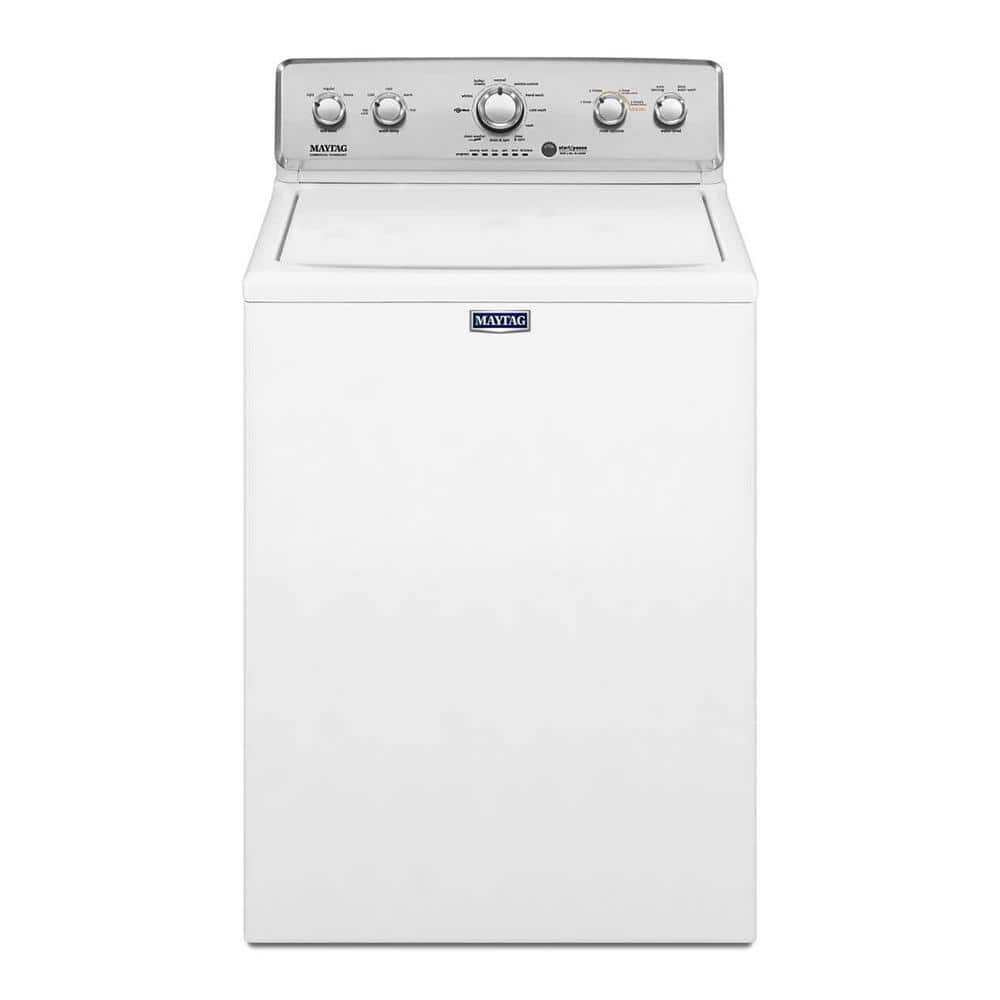
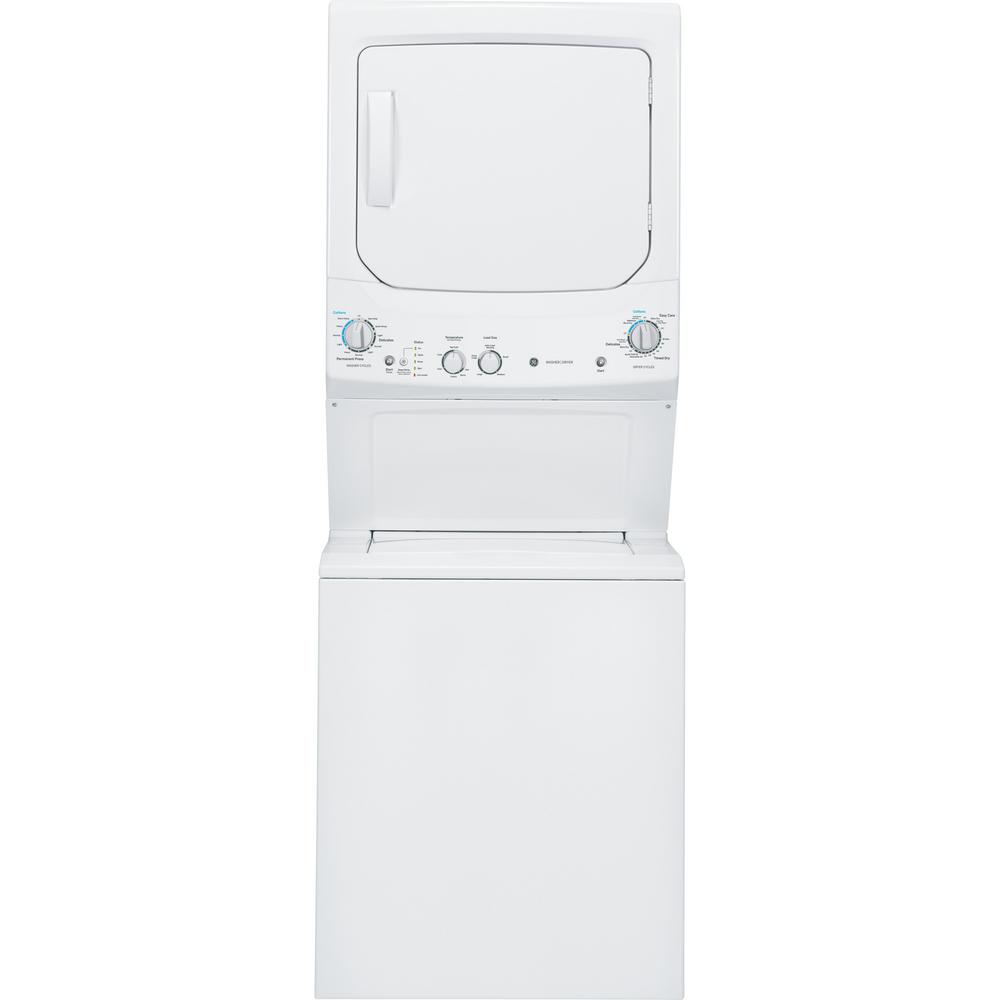
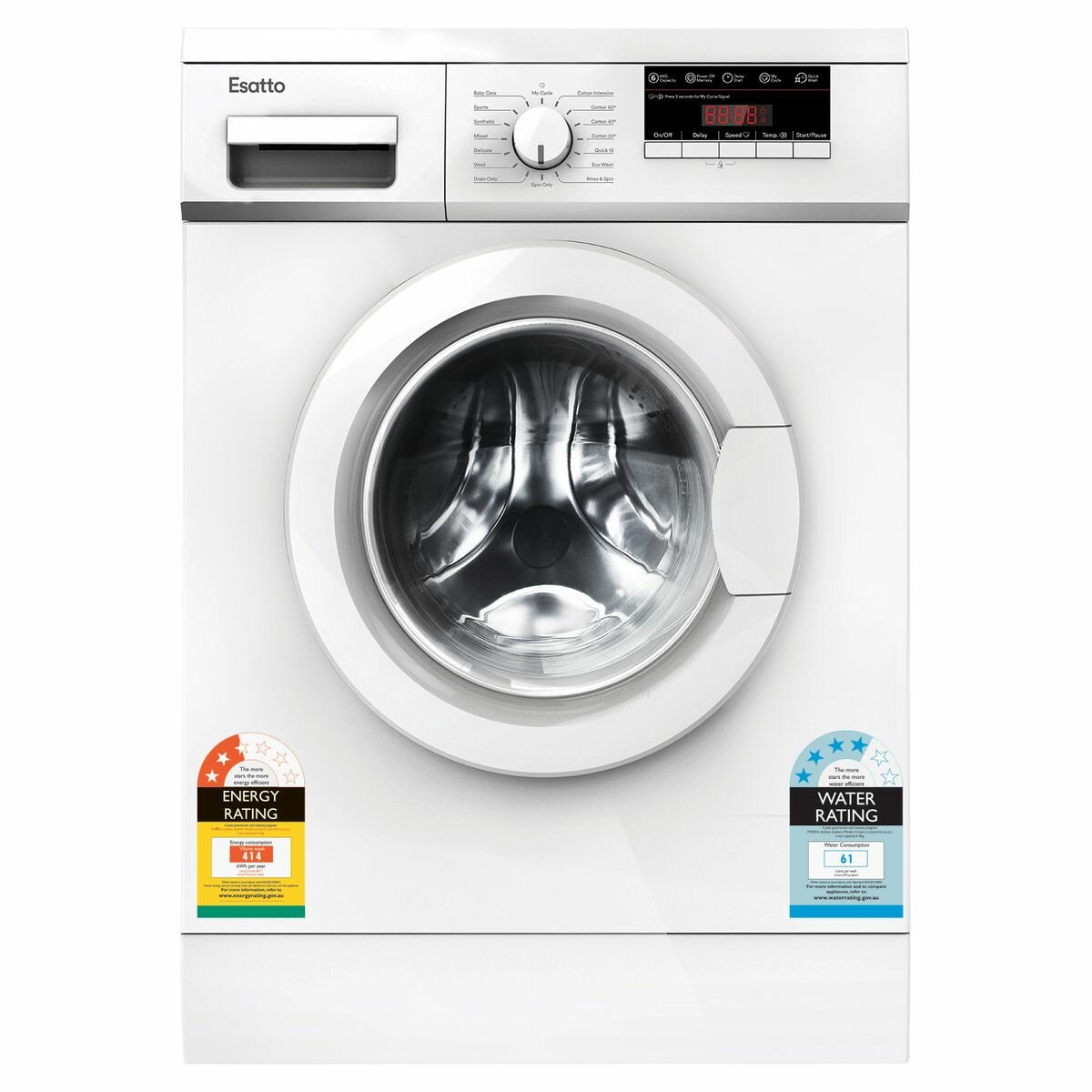
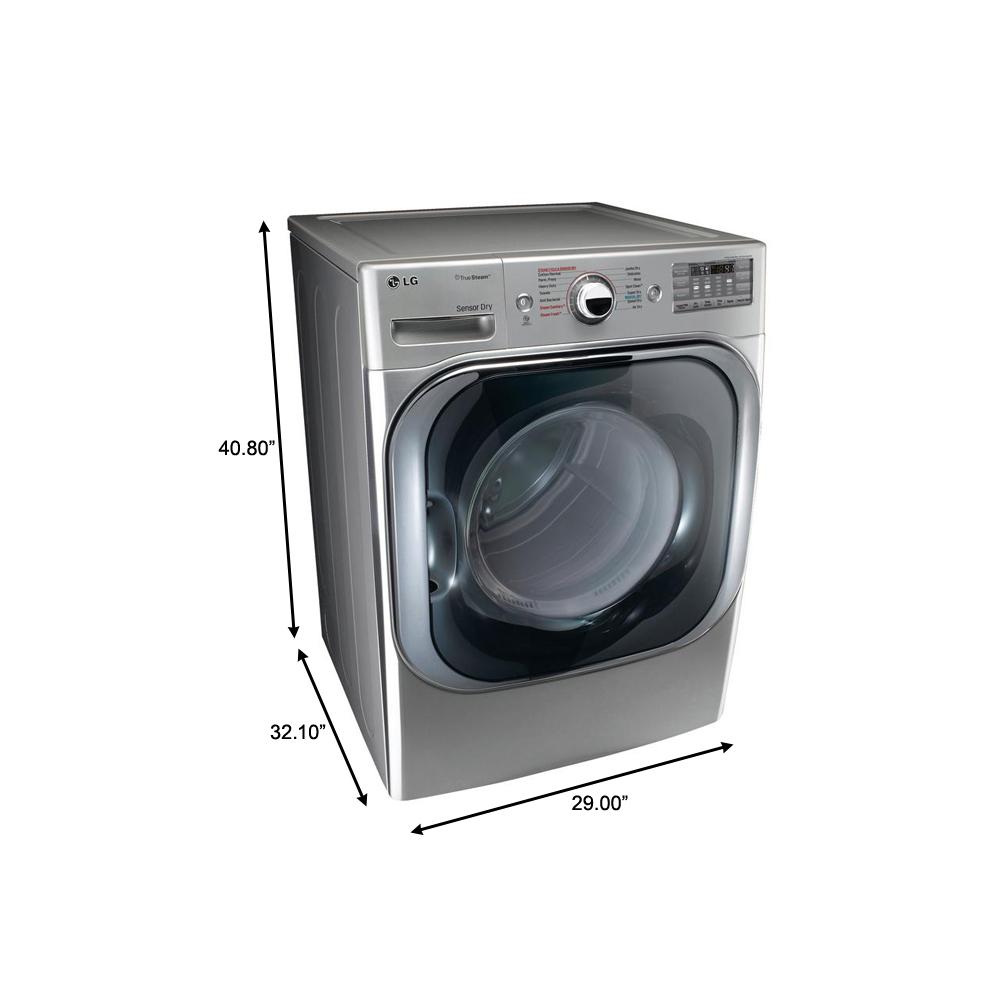
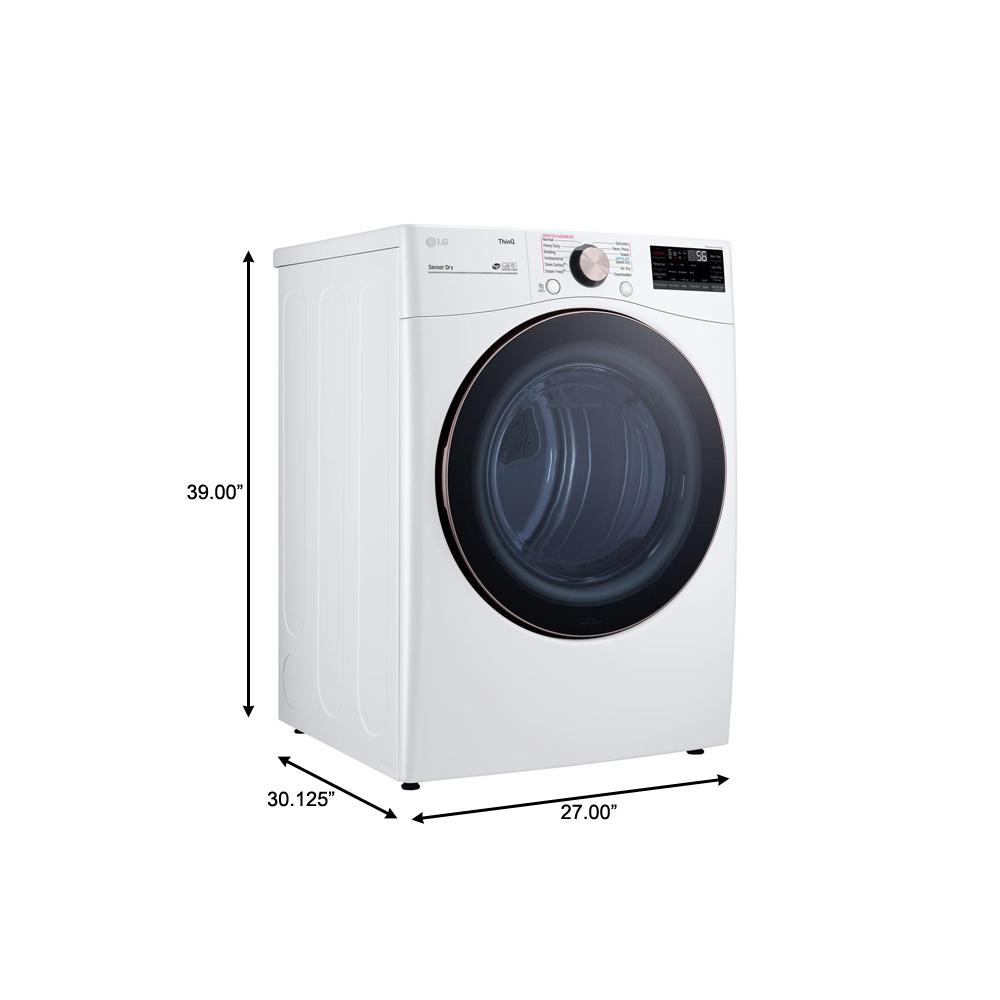
by Chief
Very good product for the price.
by Deere
This washer has a very large tub, which I love. A nice selection of cycles. I had my old washer for 18 years, so have to get used to the technological changes. One thing that could use improvement is the user manual. It’s very sparse on information.
by Debbie
Love it ! It’s the perfect size for us!
by Marcia
I love the feature that chooses the water level automatically. I replaced a 23 yr old Maytag with this one. No comparison! Maytag has made so many improvements over the years.